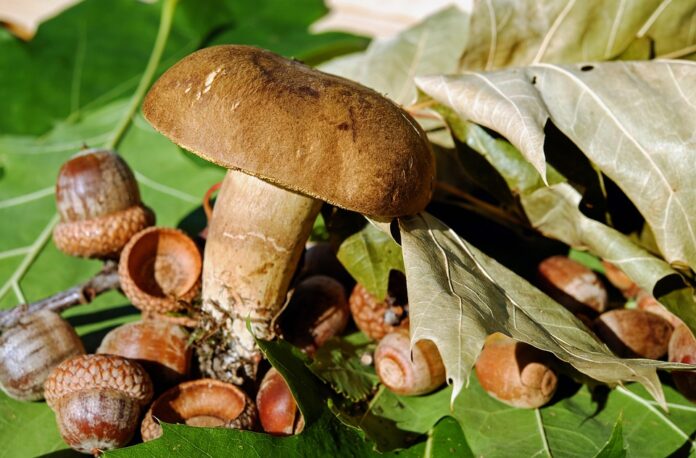Introduction
In the food industry, moisture control and preservation are essential factors to consider when aiming to extend the shelf life of products. Moisture can lead to spoilage, mold growth, and overall deterioration of food quality. In this report, we will delve into the various tools and techniques available for moisture control and preservation to ensure extended shelf life for food products.
Moisture Control Tools
1. Dehumidifiers
Dehumidifiers are commonly used in food storage facilities to control the humidity levels in the air. By removing excess moisture from the environment, dehumidifiers help prevent the growth of mold and bacteria on food products. This tool is particularly useful in areas with high humidity levels, such as tropical regions.
2. Desiccants
Desiccants are materials that absorb moisture from the air and surrounding environment. Common desiccants include silica gel, activated carbon, and clay. These materials are often placed inside packaging to maintain a dry atmosphere around the food product, thereby extending its shelf life.
3. Humidity Sensors
Humidity sensors are devices that monitor the moisture levels in the air. By providing real-time data on humidity levels, food manufacturers can adjust their storage conditions accordingly to prevent moisture-related issues. These sensors are crucial for maintaining optimal storage conditions for perishable goods.
Preservation Tools
1. Vacuum Sealers
Vacuum sealers are commonly used in the food industry to remove air from packaging, creating a vacuum seal around the product. By eliminating oxygen, vacuum sealers help prevent oxidation and microbial growth, thereby extending the shelf life of food products. This tool is especially effective for perishable items like meats and cheeses.
2. Modified Atmosphere Packaging (MAP)
MAP involves modifying the atmosphere inside a package to extend the shelf life of food products. By adjusting the levels of oxygen, carbon dioxide, and nitrogen, food manufacturers can create an optimal environment for preserving freshness and quality. MAP is commonly used for packaged fruits, vegetables, and seafood.
3. Cold Storage
Cold storage facilities are essential for preserving perishable food items like meats, dairy products, and frozen foods. By maintaining low temperatures, cold storage helps slow down the growth of bacteria and other microorganisms that can cause spoilage. This tool is crucial for ensuring the quality and safety of food products during transportation and storage.
Industry Insights
According to a report by Grand View Research, the global market for moisture control and preservation tools is expected to reach $2.5 billion by 2028, driven by the increasing demand for extended shelf life products. The food industry is constantly evolving to meet consumer preferences for fresh, high-quality food products that last longer on the shelves.
Innovations in moisture control and preservation tools, such as advanced packaging technologies and smart sensors, are revolutionizing the way food products are stored and transported. Companies like Sealed Air Corporation, Multisorb Technologies, and Pactiv LLC are leading the way in developing cutting-edge solutions for moisture control and preservation in the food industry.
Conclusion
Moisture control and preservation are critical factors in ensuring the extended shelf life of food products. By utilizing tools like dehumidifiers, desiccants, vacuum sealers, and cold storage, food manufacturers can maintain the quality and freshness of their products for longer periods. With the global market for moisture control tools on the rise, it is essential for companies to invest in innovative solutions to meet the growing demand for extended shelf life products.



